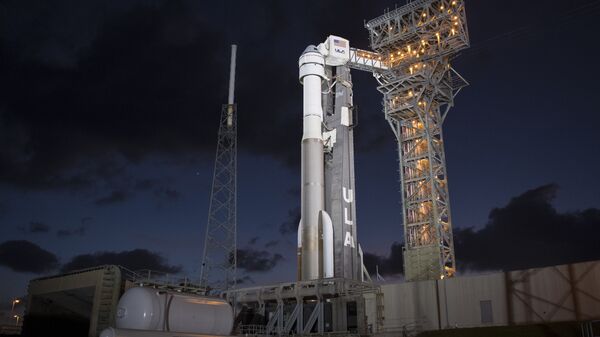Following Boeing's CST-100 Starliner failure to reach the International Space Station (ISS) during its first orbital flight test in December, NASA and Boeing officials revealed on Friday that a collision between its crew module and its service module could have taken place if Boeing hadn't caught the error.
In a teleconference with reporters, NASA Administrator Jim Bridenstine said that an independent review team identified several issues during the Orbital Flight Test (OFT) mission.
The vehicle failed to execute an orbit-insertion burn initially. Boeing realised that the spacecraft's onboard timing system, called a "mission elapsed timer," was clocking an incorrect time from the Atlas V rocket, nearly 11 hours prior to lift-off.
The second problem was discovered before the spacecraft's return to Earth, which could have potentially caused a collision between the Starliner crew module and its service module - designed to separate in orbit.
Along with the first problem regarding the Starliner's onboard timer, a second software issue could have potentially led to a slight but still problematic crash between the two.
"During what we call 'free flight,' when the crew module is attached to the service module, there's a certain valve mapping, and the flight computers on the crew module command all of the individual thruster firings. But after you separate the launch vehicle from the crew module, the propulsion controllers on the service module have to conduct those thruster firings to get the proper separation and disposal burn", said John Mulholland, vice president and program manager of Boeing's Starliner program, during a teleconference.
"That valve mapping is different in those two cases, and the software unfortunately had the same valve mapping for both of those conditions, so we had an incorrect valve mapping for the separation and disposal burn", Mulholland said.
"The team very quickly recoded the software, reverified it in the labs, and we were able to upload that software correction and safely complete the mission", he added.
While an independent review of Starliner's OFT issues is still underway, NASA expects to see the final report of all the problems in February.
NASA has not yet decided whether it should conduct a second orbital flight test before using Starliner to fly astronauts to the ISS.
Boeing's Starliner landed safely in New Mexico after failing to dock with the International Space Station in December.




